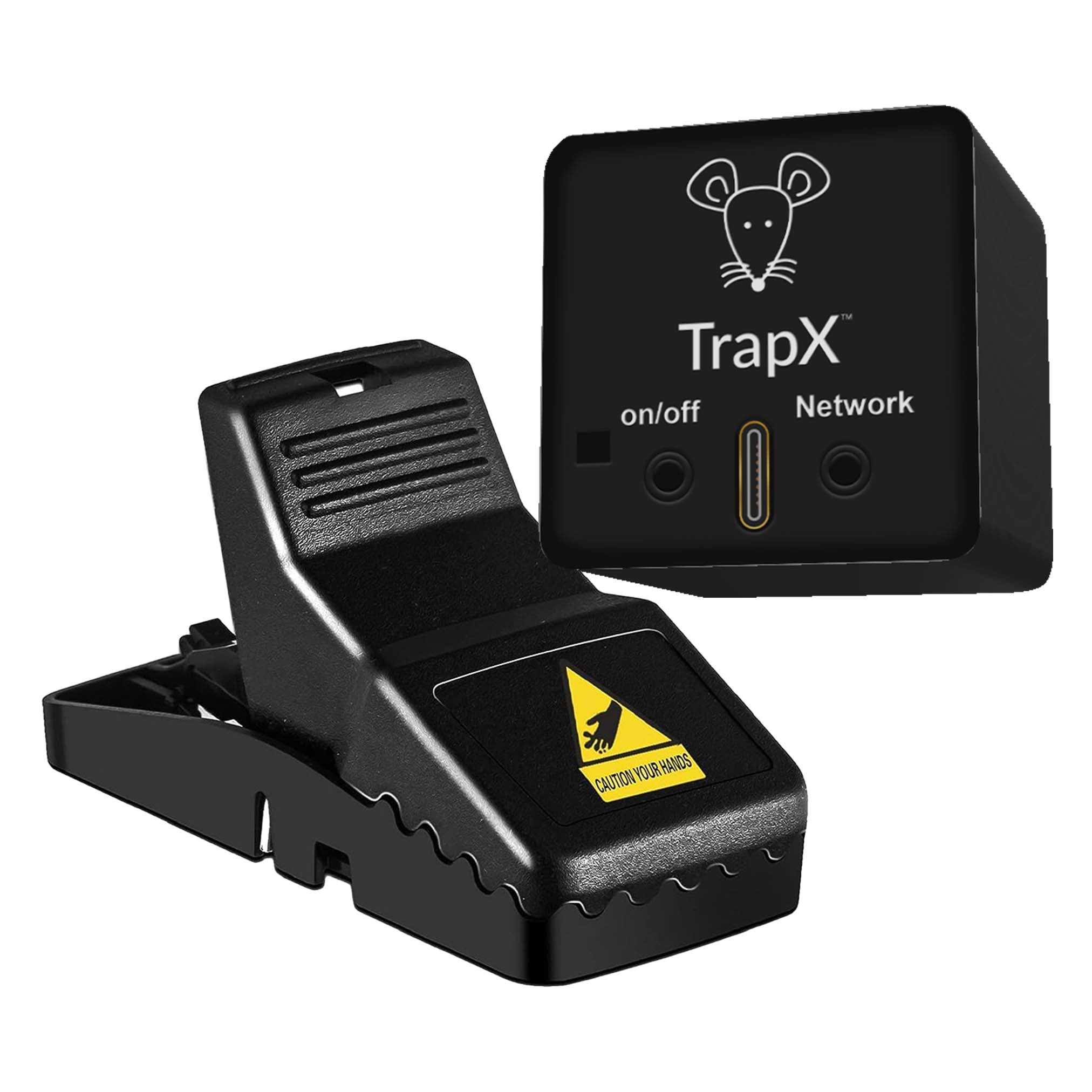What Is Considered A Heavy Rodent Infestation?
Share
Maintaining a safe and hygienic living environment is vital, especially when it comes to tackling rodent infestations. Rodents, such as rats and mice, can cause considerable damage to property and pose serious health risks. But how do you determine if your home or business is experiencing a heavy rodent infestation? Identifying the signs early can save you time, money, and stress.

Signs of a Heavy Rodent Infestation
Recognizing the signs of a heavy rodent infestation is the first step towards effectively dealing with the problem. Here are some key indicators:
Frequent Sightings
If you frequently spot rodents during the day, it's a major red flag. Rodents are typically nocturnal, so seeing them in daylight often means their population has outpaced their hiding spots.
Extensive Damage
Look for gnawed furniture, chewed wires, or damaged insulation. **Rodents** gnaw constantly to keep their teeth in check, leading to significant structural damage.
Accumulation of Droppings
Finding large amounts of droppings in your home or business is another strong indicator. Rodent droppings are small, dark, and pellet-shaped, often found near food sources, nesting areas, and pathways they frequently use.

Health Risks Associated with Heavy Rodent Infestations
**Heavy rodent infestations** are not just a nuisance; they can also lead to severe health risks. Here are some potential dangers:
- Hantavirus: Spread through contact with rodent urine, feces, or saliva, Hantavirus can lead to severe respiratory issues and even be fatal.
- Salmonella: Rodents can contaminate food and water supplies, leading to outbreaks of food poisoning.
- Allergies and Asthma: Rodent dander, droppings, and urine can exacerbate allergies and asthma, especially in children.

Steps to Address Heavy Rodent Infestations
Addressing a heavy rodent infestation requires a multi-faceted approach:
Professional Pest Control
Engage a professional pest control service to thoroughly assess the situation and implement effective eradication measures. Learn more about rat traps.
Seal Entry Points
Identify and seal any entry points to prevent rodents from entering your property. This includes gaps in walls, doors, and windows. For more tips, check out electronic mouse traps.
Maintain Cleanliness
Keep your living and working spaces clean and free of food debris to reduce the attraction for rodents. Store food in airtight containers and dispose of garbage regularly.

FAQ
What are the early signs of a rodent infestation?
Early signs include droppings, gnaw marks, nests, and hearing scratching sounds within walls or ceilings.
How quickly can a rodent infestation escalate?
Rodent populations can grow rapidly. In ideal conditions, a pair of rodents can multiply into hundreds within a year. Learn more about this in our wooden mouse trap guide.
Can a heavy rodent infestation cause structural damage?
Yes, rodents can cause significant structural damage by gnawing on wood, wires, and insulation, which can also lead to fire hazards. For an in-depth read, visit Smith's Pest Management guide.
Understanding what is considered a heavy rodent infestation is crucial for timely intervention and mitigating the negative impacts on your health and property. For more detailed information and step-by-step plans to tackle rodent infestations, refer to resources like CDC's Guide to Rodent Control.
As an Amazon Associate, I earn from qualifying purchases.
